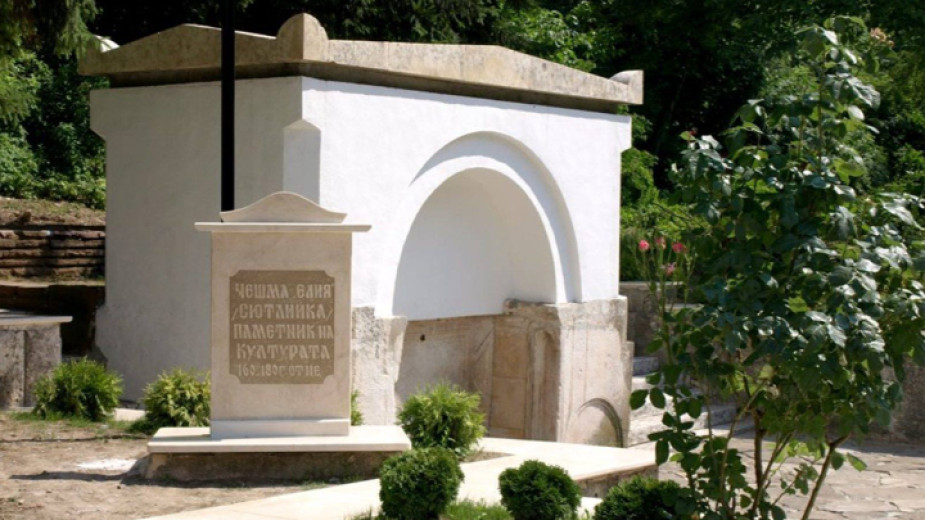 4
4
They call Nikopol “the town of ages” because its history goes back thousands of years. It was founded as a settlement in the year 169 during the reign of Roman Emperor Marcus Aurelius. In 629, theByzantine Emperor renamed the town to Nicopolis, meaning “city of victory”. Later, at the time of the Second Bulgarian Kingdom, the Nikopol fortress – called Shishman fortress – was one of the most impregnable fortress of the time, so it was used by Tsar Ivan Shishman from 1388 to 1393.
In our day, besides the famed fortress, one of Nikopol’s historical sites is a marble sarcophagus dating from Roman times whose history is truly intriguing.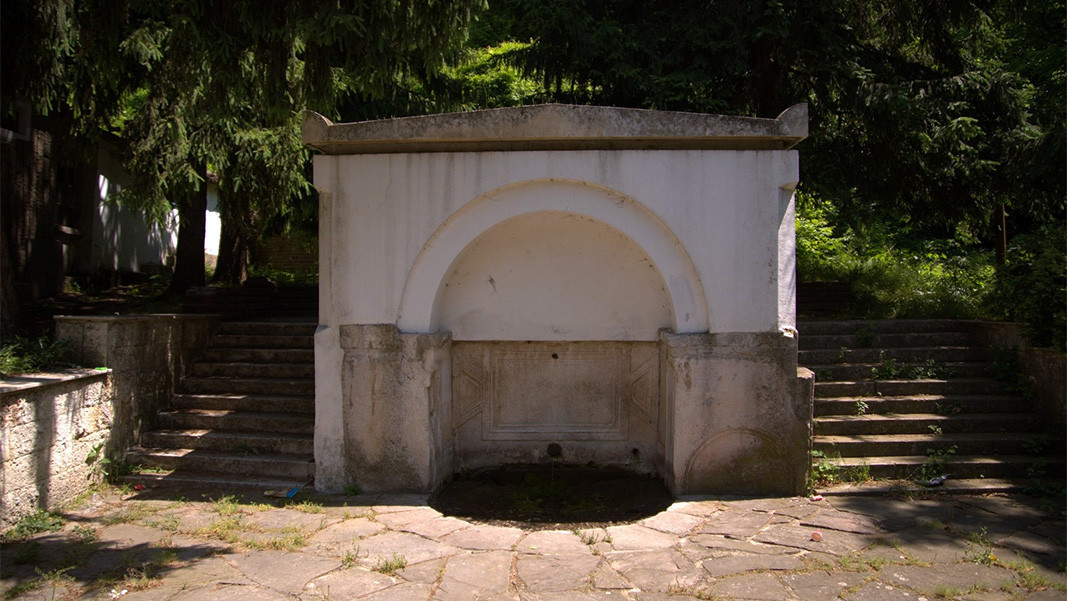
In the years of Ottoman domination in the Bulgarian lands it was built into a drinking fountain with spring water that is used by the people living in the Danubian town to this day. Legend has it that it is a tomb where a beautiful damsel has been laid to rest – the wife of Frontonus, a Roman assistant financial prosecutor at the time who lost his young wife Eliya very early. Inconsolable, he wrote verses with which the stone carvers covered the tomb of the beautiful Eliya. A verse in Latin is still decipherable on the sarcophagus: “…Let ivy intertwine with delicate flowers on the brow of the one death plucked from me so quickly. Lonely is my hearth, empty are my hopes without her…” The inscription is dated to the years 160-180.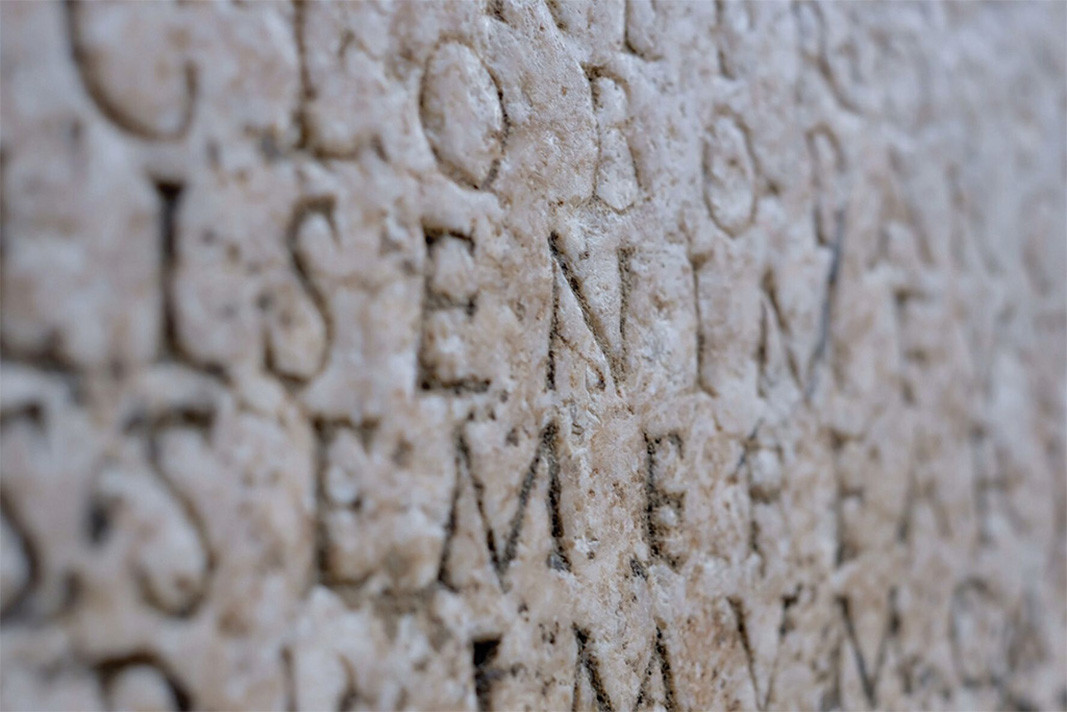
Centuries later, the sarcophagus was built into a drinking fountain made of stone, which was called Syutliyka in Turkish – milk fountain. And people started coming to Eliya’s sarcophagus to fetch water, and sit by the spring for a chat. But that was not the end of the story of the love between Frontonus and Eliya - a French archaeologist and taveller Dujarden went to Nikopol around the year 1870. He went to see the drinking fountain, and is perhaps the first person who, after almost 16 centuries, was able to decipher the message from the inscription. Astounded by the find and moved by the sweet verses, the archaeologist chiseled out his own inscription into the rock, in answer to the Roman man Frontonus: “… Your plea, Frontonus, has not been in vain. Eliya’s grave has been turned into a drinking fount. And Bulgarian brides and lasses and children fill their pitchers with water in the springtime and in autumn. The path leading to it is a promenade… And your tears, Frontonus, are the clear waters flowing from the fount.”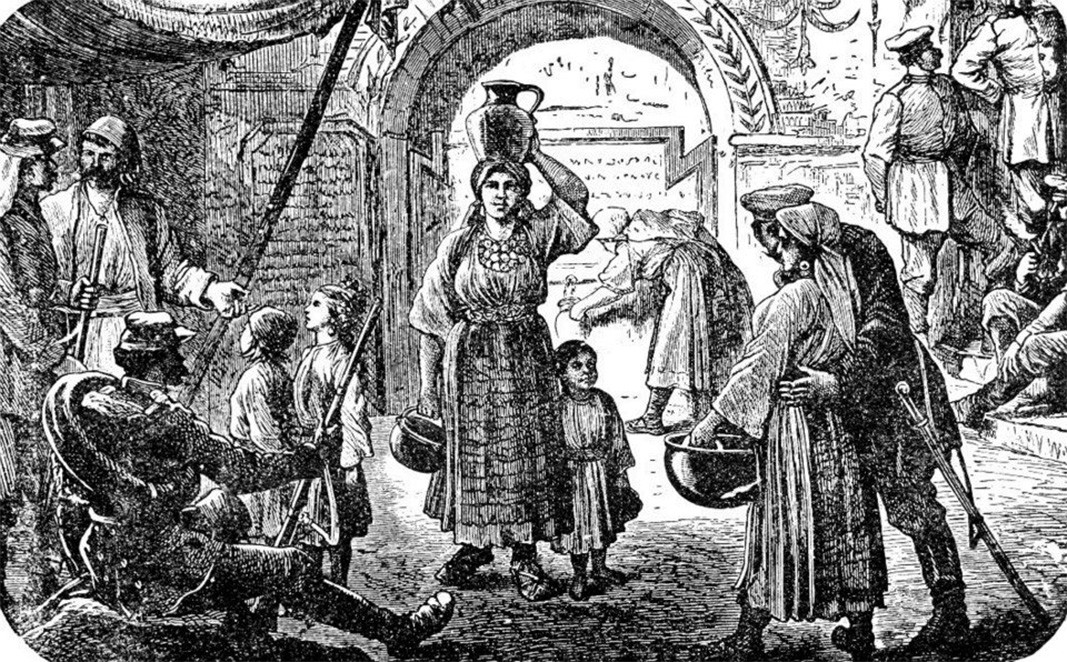
This inscription was also incorporated into the stone fount. “According to legend, she was a very beautiful young lady and she was probably envied. The young woman died very young and, according to the legend, she died on the day after her wedding with Frontonus. Maybe her cup was poisoned,” says Anelia Dimitrova, deputy mayor of Nikopol. “Frontonus was never able to get over his loss, and he poured out his grief in verse. Nineteen such epitaphs have been found on the territory of Bulgaria, but the most beautiful one of them all is the one written by Frontonus. Many generations have come and gone since then but the clear water of the fountain is still being used. In truth, the flow diminishes in summer but the drinking fountain never runs dry. And when people come to Nikopol to visit – tourists or our own guests, we always take them to Eliya’s drinking fountain because we know that whoever takes a sip of its waters shall return to the town.”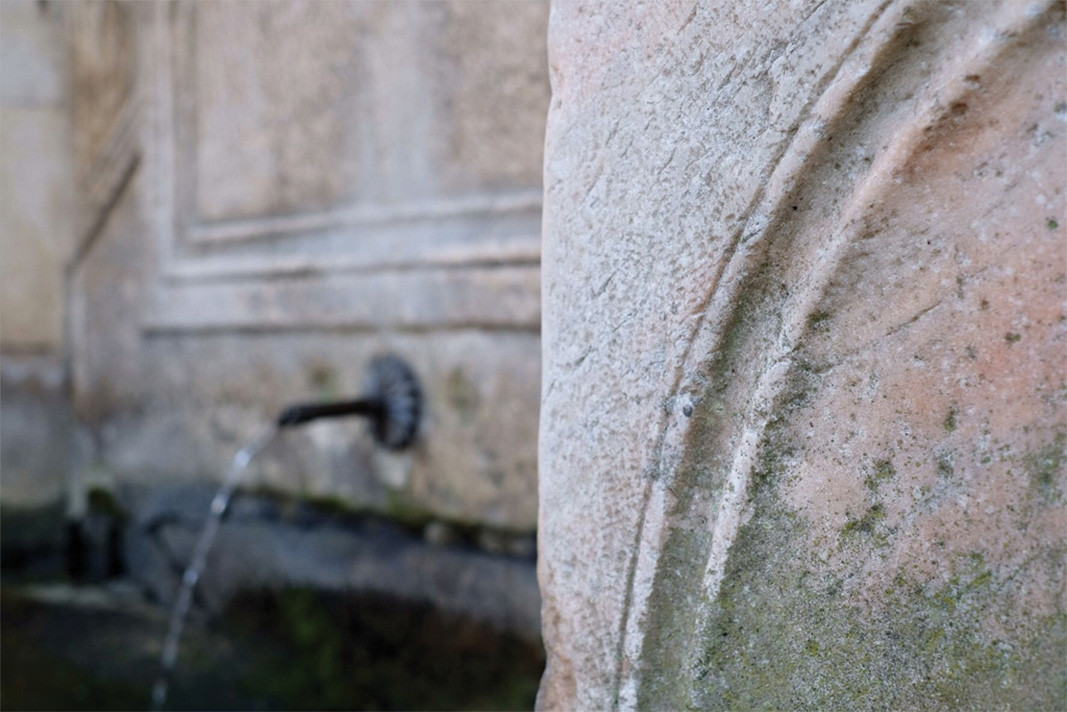
Some years ago, Eliya drinking fountain was selected by the locals in a survey to be the symbol of Nikopol. They describe it as the most romantic and beautiful place connected with love in Bulgaria. That is why poetry nights are organized at the drinking fountain, and many couples choose to tie the knot there. Anelia Dimitrova:
“Films have been made on location about the drinking fountain, and in May, members from the ladies’ club in Razgrad, and like-minded ladies from Pleven donated roses, and together with them, we planted these roses by the water fount. Which means that the story is not forgotten, people are still interested in it, it is passed on from person to person.”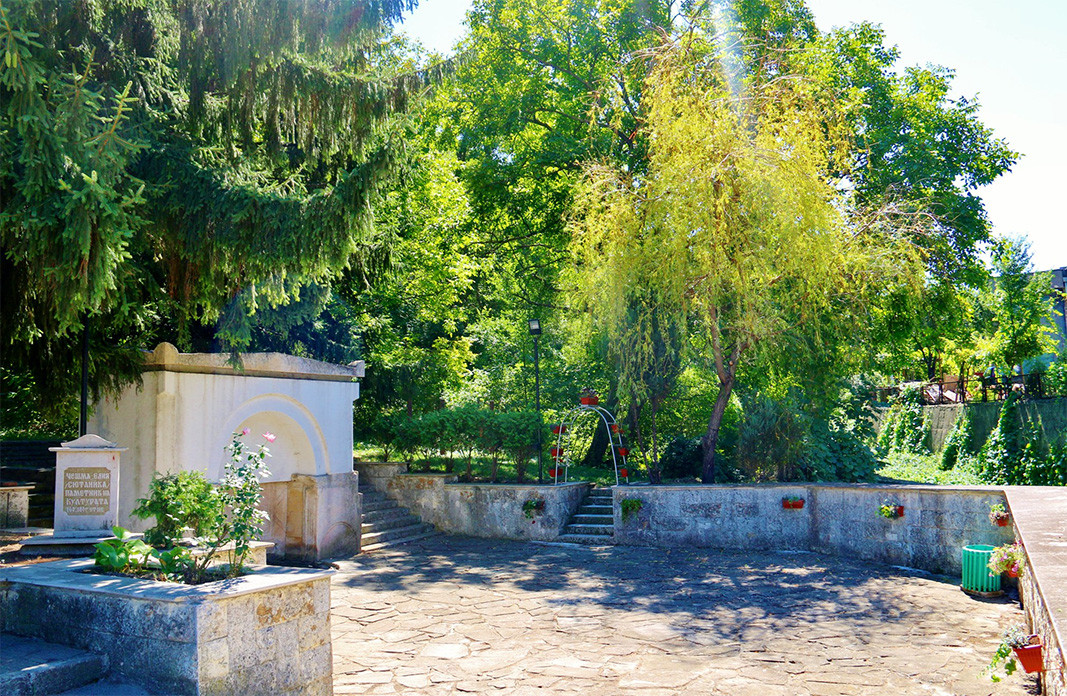
Translated and posted by Milena Daynova
Photos:Nikopol municipality, facebook.com/EliyaNikopol, inspiro-bg.com, thebridgesoftime.com, Napredak 1871 chitalishte, Nikopol
The history of the largest Bulgarian church in Bulgaria from the National Revival period "The Assumption of the Virgin Mary" in the town of Pazardzhik is long and interesting. It is assumed that the first church there was built in the 17th century. It..
On 10 August 1915, the first Bulgarian-built aeroplane took to the skies for a test flight in Bozhurishte. It was designed by inventor Assen Yordanov, whose name still features in the textbooks used to train pilots and engineers today. From an early..
A trilingual exhibition titled “Egyptian Cults around the Black Sea” opens today at 6 PM at the Archaeological Museum in Sozopol , according to BNR – Burgas. Part of an international research project, the exhibition is organized by the Institute of..

+359 2 9336 661
